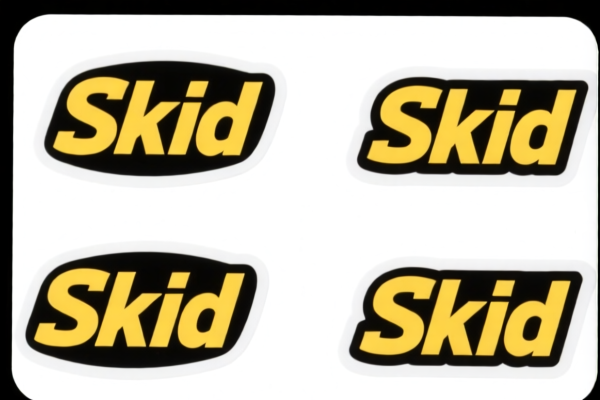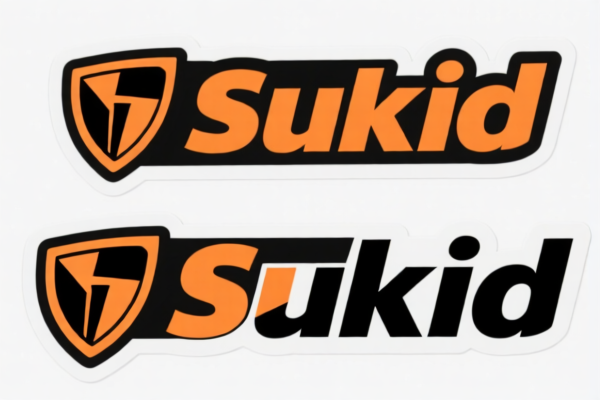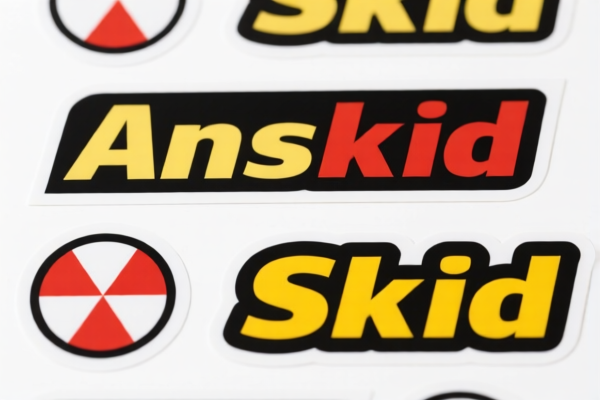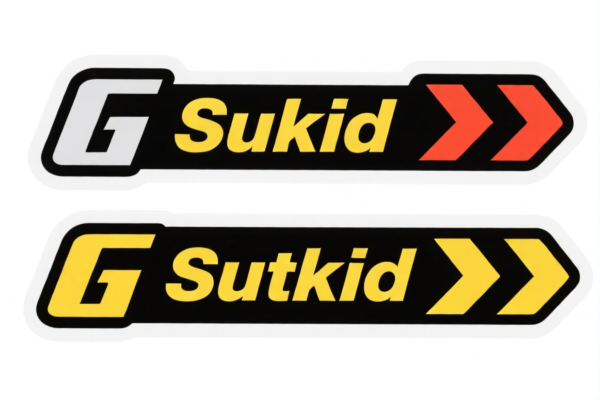| HS Code | Official Doc | Tariff Rate | Origin | Destination | Effective Date |
|---|---|---|---|---|---|
| 7010905005 | Doc | 55.0% | CN | US | 2025-05-12 |
| 7010905009 | Doc | 55.0% | CN | US | 2025-05-12 |
| 7016100000 | Doc | 57.7% | CN | US | 2025-05-12 |
| 7016905000 | Doc | 60.0% | CN | US | 2025-05-12 |
| 9503000090 | Doc | 30.0% | CN | US | 2025-05-12 |
| 7013491000 | Doc | 50.0% | CN | US | 2025-05-12 |
| 7013992000 | Doc | 42.5% | CN | US | 2025-05-12 |




Antiskid Glass Jars
Antiskid glass jars are containers, typically cylindrical, constructed primarily of glass and featuring a surface treatment or design intended to increase friction and reduce the likelihood of slipping. They are utilized for a variety of storage and packaging applications where secure handling is important.
Material:
- Glass: The primary component, commonly soda-lime glass due to its cost-effectiveness and versatility. Borosilicate glass may be used for applications requiring higher temperature resistance or chemical inertness.
- Coating/Surface Treatment: Common materials used for antiskid features include:
- Rubber/Silicone: Applied as sleeves, coatings, or textured grips. Offers high friction and good shock absorption.
- Polymeric Coatings: Acrylics, urethanes, or other polymers can be sprayed or dipped onto the glass surface to create a textured, non-slip finish.
- Textured Surface: Moldings or etching can create a rough surface directly on the glass.
- Plastic/Rubber Overmold: A plastic or rubber layer is molded directly onto the glass jar, providing a comprehensive antiskid grip.
Purpose:
The primary purpose of antiskid glass jars is to enhance safety and usability by minimizing the risk of accidental drops or spills. This is particularly important for:
- Fragile Contents: Protecting liquids, powders, or other delicate items.
- Wet Environments: Maintaining grip when handling jars with damp surfaces or in humid conditions.
- Elderly or Individuals with Limited Grip Strength: Providing easier and more secure handling.
- Applications Prone to Vibration: Reducing movement and potential breakage during transport or use.
Function:
Antiskid glass jars function by increasing the coefficient of friction between the jar surface and the user's hand, or the surface on which the jar is placed. This is achieved through:
- Increased Surface Area: Textured surfaces create more contact points, increasing friction.
- Deformable Materials: Rubber or silicone coatings conform to the hand, providing a more secure grip.
- Adhesive Properties: Certain coatings may exhibit slight adhesive properties, further enhancing grip.
Usage Scenarios:
- Food Storage: Jars for jams, sauces, pickles, and other food items, especially in commercial kitchens or for individuals with limited dexterity.
- Cosmetics & Personal Care: Packaging for lotions, creams, and other personal care products.
- Pharmaceuticals: Storage of medications and samples.
- Laboratory Use: Holding chemicals, samples, or reagents.
- Crafts & Hobbies: Storing paints, beads, or other small items.
- Baby Food: Providing a secure grip for feeding.
Common Types:
- Rubber-Coated Jars: Feature a full or partial rubber sleeve or coating. Offer excellent grip and shock absorption.
- Silicone-Coated Jars: Similar to rubber-coated jars but utilize silicone for higher temperature resistance and chemical inertness.
- Textured Jars: Molded or etched glass surface providing a rough, non-slip finish.
- Overmolded Jars: Plastic or rubber layer is molded directly onto the glass, providing a comprehensive antiskid grip and often a more ergonomic shape.
- Spiral Grip Jars: Feature raised spiral ridges on the glass surface for enhanced grip.
- Ribbed Jars: Vertical or horizontal ribs molded into the glass for improved handling.
- Wide-Mouth Jars with Antiskid Sleeves: Common for food storage, providing easy access and secure handling.
Antiskid glass jars are containers made of glass, designed to prevent slipping. Based on the provided reference material, the following HS codes may be relevant:
- 7010.90.50.05: This HS code covers carboys, bottles, flasks, jars, pots, vials, ampoules and other containers of glass used for conveyance or packing of goods; preserving jars of glass; stoppers, lids and other closures of glass. Specifically, it refers to “Other containers (with or without their closures) Of a capacity exceeding 1 liter: Having a mouth with an outer diameter of <38 mm”. The antiskid feature would be considered a characteristic of the container itself. The base tariff is 0.0%, with an additional tariff of 25.0% currently, increasing to 30.0% after April 2, 2025, resulting in a total tariff of 55.0%.
- 7010.90.50.09: This HS code also covers carboys, bottles, flasks, jars, pots, vials, ampoules and other containers of glass used for conveyance or packing of goods; preserving jars of glass; stoppers, lids and other closures of glass. Specifically, it refers to “Other containers (with or without their closures) Of a capacity exceeding 1 liter: Other”. If the jar capacity exceeds 1 liter and the mouth diameter is 38mm or greater, this code applies. The base tariff is 0.0%, with an additional tariff of 25.0% currently, increasing to 30.0% after April 2, 2025, resulting in a total tariff of 55.0%.
- 7013.49.10.00: This HS code covers glassware of a kind used for table, kitchen, toilet, office, indoor decoration or similar purposes (other than that of heading 7010 or 7018). Specifically, it refers to “Glassware of a kind used for table (other than drinking glasses) or kitchen purposes, other than of glass-ceramics: Other: Pressed and toughened (specially tempered)”. If the antiskid jars are used for kitchen purposes and are pressed and toughened, this code may be applicable. The base tariff is 12.5%, with an additional tariff of 7.5%, increasing to 30.0% after April 2, 2025, resulting in a total tariff of 50.0%.
- 7013.99.20.00: This HS code covers glassware of a kind used for table, kitchen, toilet, office, indoor decoration or similar purposes (other than that of heading 7010 or 7018). Specifically, it refers to “Other glassware: Other: Pressed and toughened (specially tempered)”. If the antiskid jars are used for purposes other than table or kitchen and are pressed and toughened, this code may be applicable. The base tariff is 12.5%, with an additional tariff of 0.0%, increasing to 30.0% after April 2, 2025, resulting in a total tariff of 42.5%.
Customer Reviews
No reviews yet.